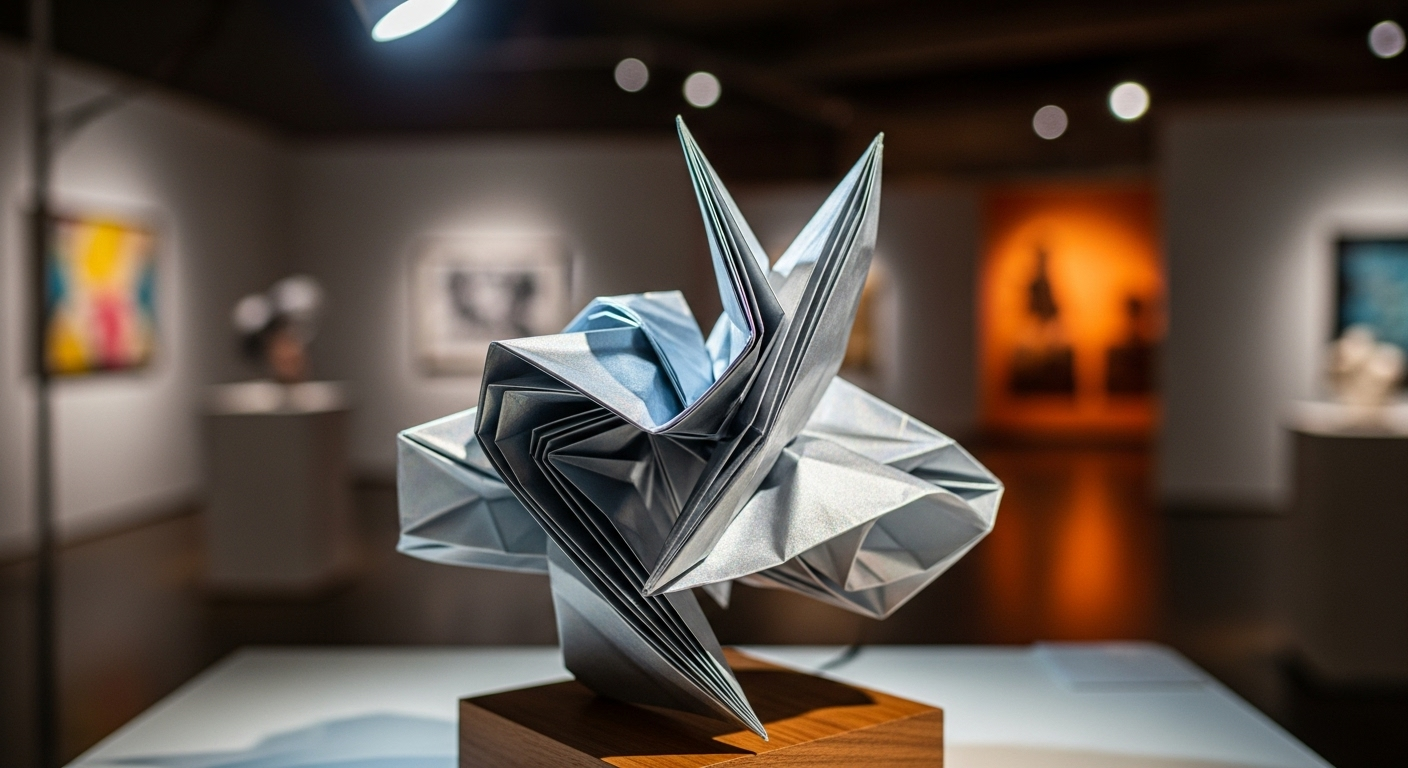Unveiling the Unconventional: The Rise of Origami in Contemporary Art
Introduction: Origami, the traditional Japanese art of paper folding, is evolving beyond its traditional boundaries. It's not just a pastime for children anymore; it’s making a striking entry into the world of contemporary art. This article delves into the historical roots of origami, the current trends, and its burgeoning impact in the world of art.

A Glimpse into the Past: The Origins of Origami
The art of origami, meaning “folding paper” in Japanese, has a rich and complex history that dates back to the 6th century. Initially a practice reserved for religious ceremonies due to the high cost of paper, it gradually became a popular art form among the masses as paper became more affordable. Fast forward to the 20th century, origami began experiencing a creative revolution with the invention of the Yoshizawa–Randlett system, which set standard symbols for origami instructions, making it accessible worldwide.
The Contemporary Art Scene: Origami Reimagined
In recent years, origami has been pushing the boundaries of traditional art, with artists incorporating this ancient technique into modern creations. Contemporary artists are using origami to challenge the conventional norms and explore new dimensions in the arts. They are experimenting with different materials, scales, and techniques, stretching the limits of what origami can represent.
The Spotlight: Artists Leading the Change
Some artists have been instrumental in this origami revolution. Robert J. Lang, for instance, merges mathematics with origami and creates intricate sculptures that blur the line between craft and fine art. Another artist worth mentioning is Sipho Mabona, who transformed a single sheet of paper into a life-sized elephant, challenging the perception of origami as a small-scale art form.
Impact and Reception: A New Artistic Language
The integration of origami in contemporary art has been widely celebrated, with exhibitions dedicated to origami art taking place worldwide. It’s being hailed as a new artistic language that transcends cultural and geographical boundaries. The art world’s reception to this integration has been overwhelmingly positive, opening doors for more experimental art forms.
The Future: Paper Folds and Beyond
The future of origami in contemporary art seems bright and promising. As artists continue to push the boundaries and explore the potential of paper folds, there’s no telling where this artistic innovation will lead. Origami has breathed new life into the art world, and it’s here to stay.
In conclusion, origami is no longer just a traditional Japanese art form. It’s a global phenomenon evolving with the times and making a distinct mark in the contemporary art scene. With its unique blend of tradition and innovation, origami continues to captivate and inspire, proving that the ancient art of paper folding has many folds yet to reveal in the world of art.





